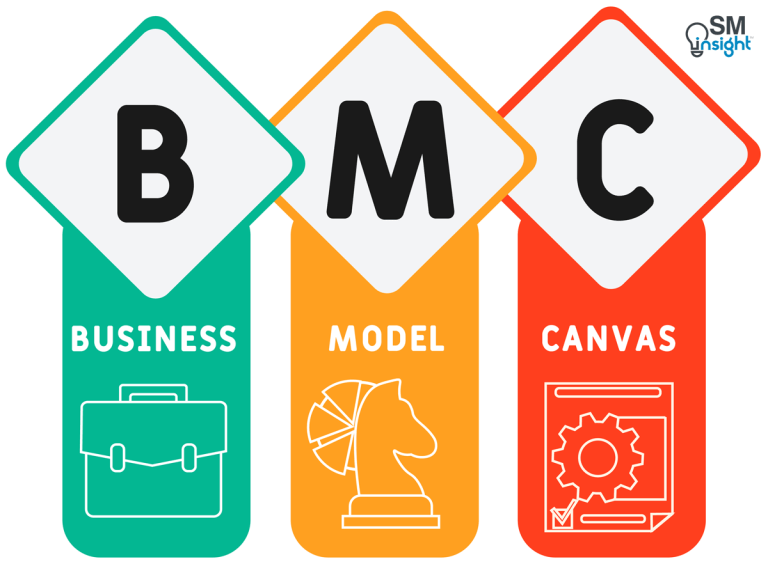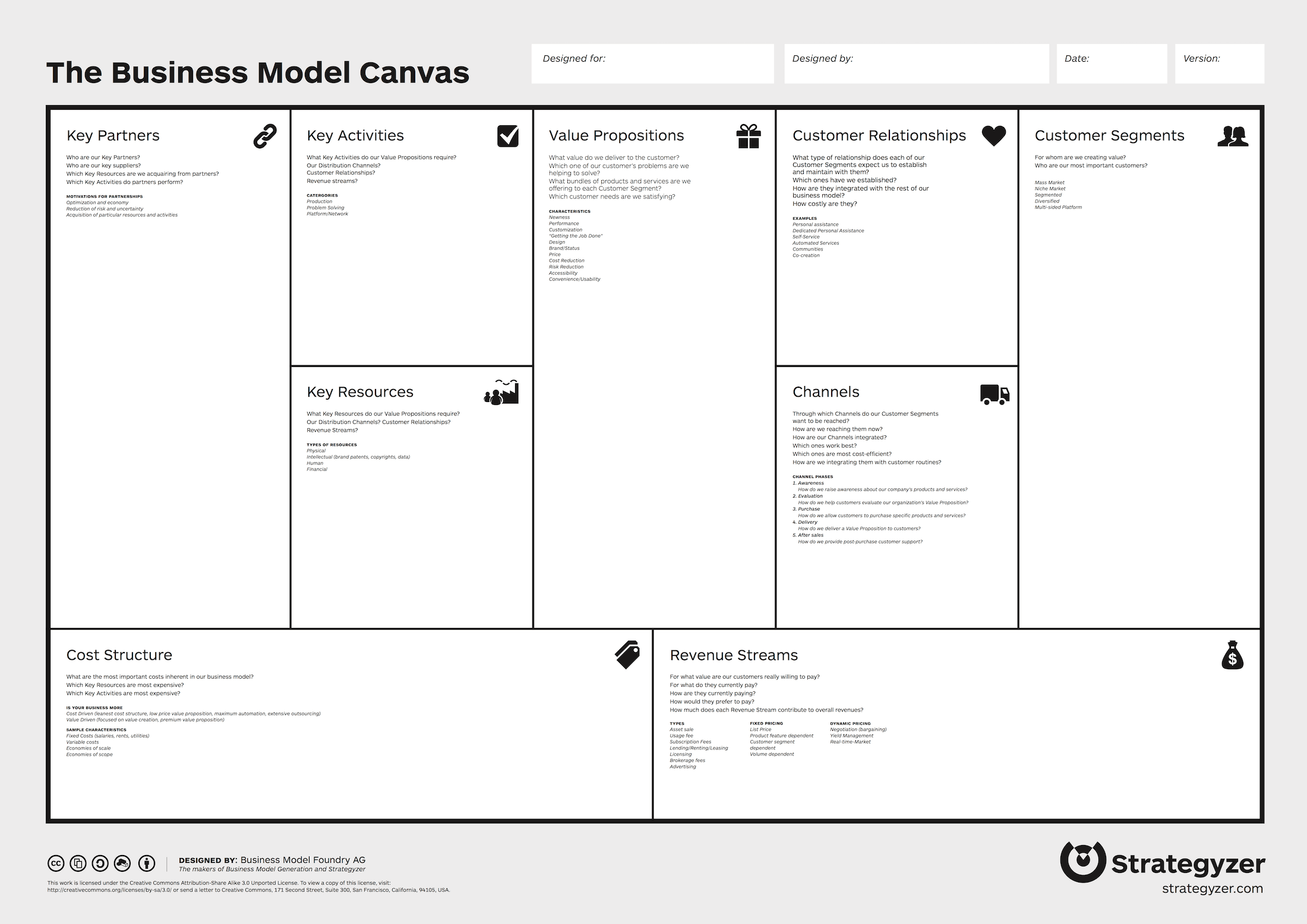Analyzing the Business Model Canvas
It is for this reason that the current dynamic business world requires the formulation of a cogent business model. The Business Model Canvas is defined as a strategic management tool that focuses on the description and presentation of business models. This blog post will explain what Business Model Canvas is and why it is important in the process of business planning and strategizing.
What is BMC?
The Business Model Canvas refers to a one-page tool comprising of a nine-box grid that describes the business model. It enables the entrepreneurs and managers to map or paint the whole picture of how the business generates, delivers, and claim value. By Alexander Osterwalder, this tool enables the teams to co-ordinate their undertakings, pointing out the relationships and possible compromises ahead.Components of the Business Model Canvas
Importance of the Business Model Canvas
The Business Model Canvas offers several significant advantages for businesses:
Visual Clarity: It provides a straightforward visual representation of a business model, making it easy to understand and communicate with stakeholders.
Holistic View: By encompassing all aspects of a business model in one diagram, it helps teams see the big picture and understand interdependencies.
Facilitates Strategic Planning: The canvas serves as a foundation for brainstorming and developing new ideas, allowing businesses to innovate and pivot as needed.
Enhances Collaboration: It encourages collaboration among team members, enabling them to share insights and build consensus around the business model.
Example of a Business Model Canvas
Let’s consider an example of a Business Model Canvas for a subscription-based meal kit delivery service:
- Customer Segments: Health-conscious individuals, busy professionals, families with children.
- Value Propositions: Convenient meal preparation, healthy ingredients, time-saving, and customizable meal plans.
- Channels: Website, mobile app, social media, partnerships with grocery stores.
- Customer Relationships: Personalized customer service, community engagement through social media, subscription management features.
- Revenue Streams: Monthly subscriptions, one-time purchases, partnerships with local farms.
- Key Resources: Supply chain partnerships, website and app technology, culinary expertise.
- Key Activities: Recipe development, order fulfillment, marketing and customer support.
- Key Partnerships: Local farms for fresh ingredients, delivery services, nutritionists for recipe development.
- Cost Structure: Ingredient procurement costs, technology and platform maintenance, marketing expenses.
In conclusion, the Business Model Canvas is an invaluable tool for entrepreneurs and business leaders. It provides a clear and concise framework for developing, analyzing, and refining business models, ensuring that all aspects of the business are aligned with its strategic goals. By utilizing the Business Model Canvas, businesses can enhance collaboration, foster innovation, and position themselves for long-term success.


Comments
Post a Comment